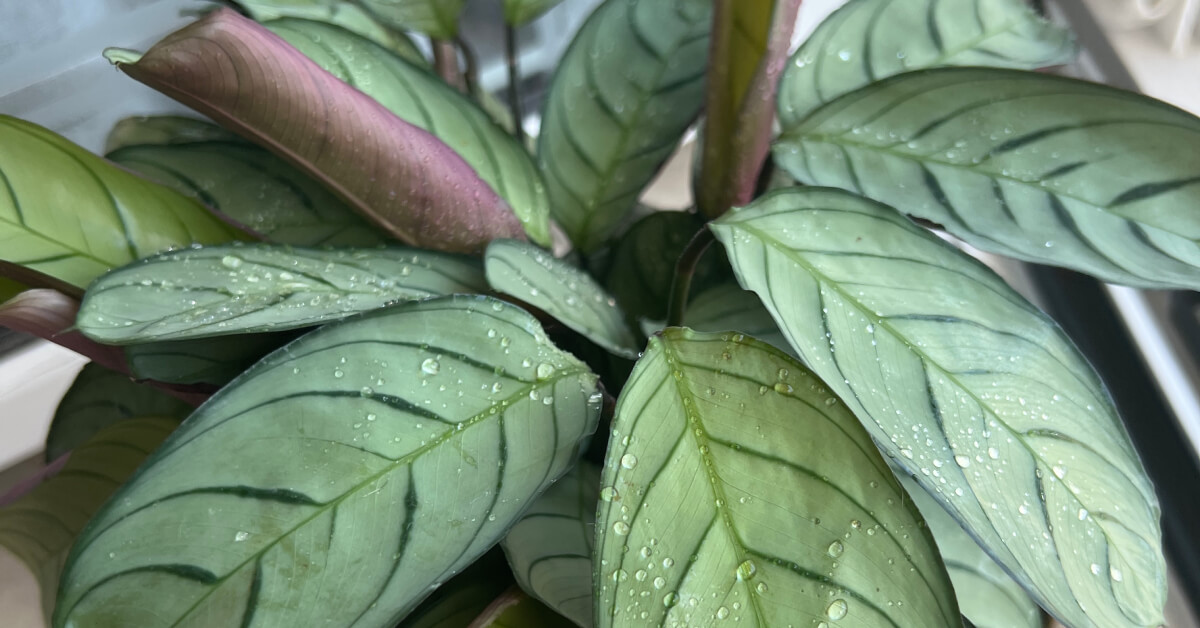It’s easy to fall for the allure of stunning houseplants, only to discover they’re completely wrong for your living situation. This isn’t meant to shame these beautiful plants—it’s an honest reflection on what failed under my specific light conditions, humidity levels, and care habits. My hope is that you can learn from these expensive mistakes and avoid the heartbreak of watching gorgeous plants slowly decline in a typical apartment setting.
1. Calathea (Prayer Plant)
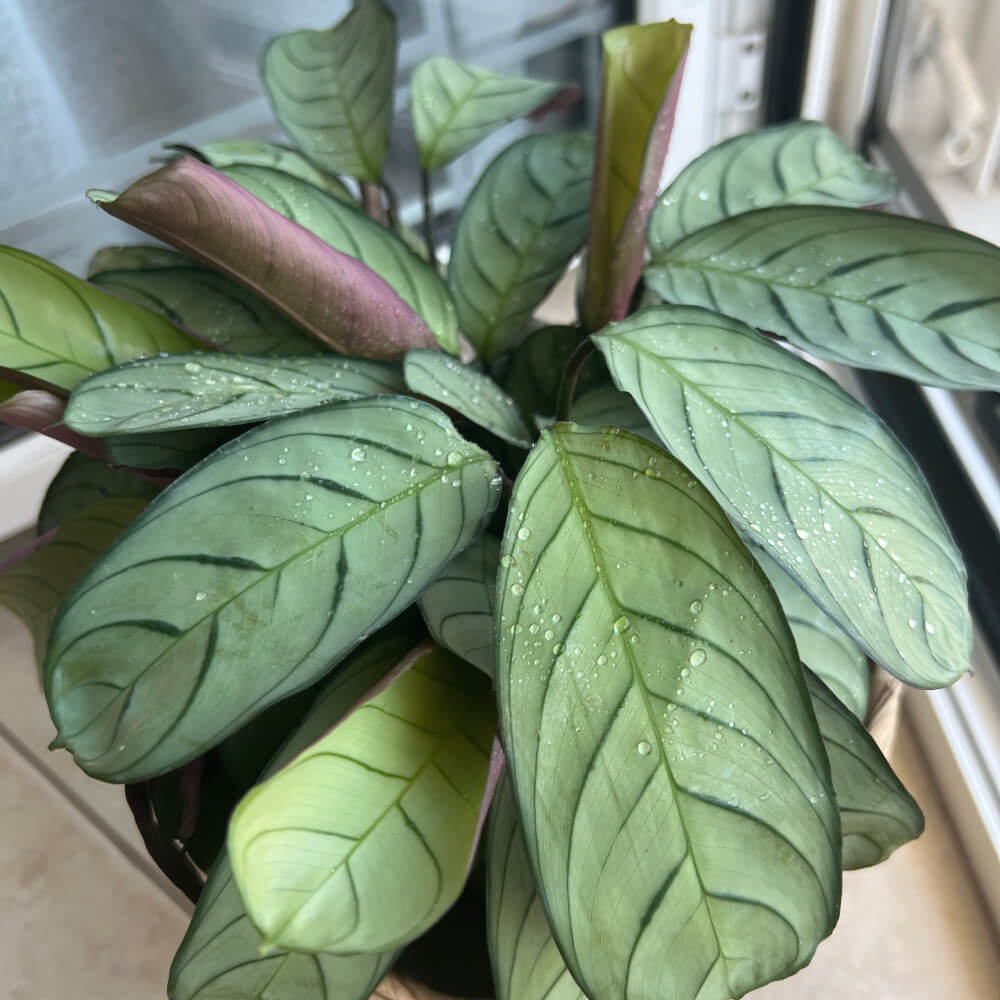
Why I was smitten: The intricate leaf patterns and dramatic purple undersides made this plant look like living artwork. I imagined it as the perfect statement piece to brighten a dim corner of my living room.
The harsh reality: Within just a few days, the leaves began curling inward like they were trying to protect themselves from my apartment’s dry air. Brown, crispy edges appeared despite my best efforts with frequent misting and a pebble tray. My apartment’s 30-40% humidity was simply torture for a plant that thrives in 60%+ humidity.
What I’d choose instead: Unless you’re committed to running a humidifier year-round, skip the Calathea. A Maranta (true prayer plant) offers similar moving leaves and patterns but forgives the occasional dry spell. For dramatic foliage without the humidity drama, try a Chinese Evergreen or a Dumb Cane.
2. Ficus Benjamina (Weeping Fig)
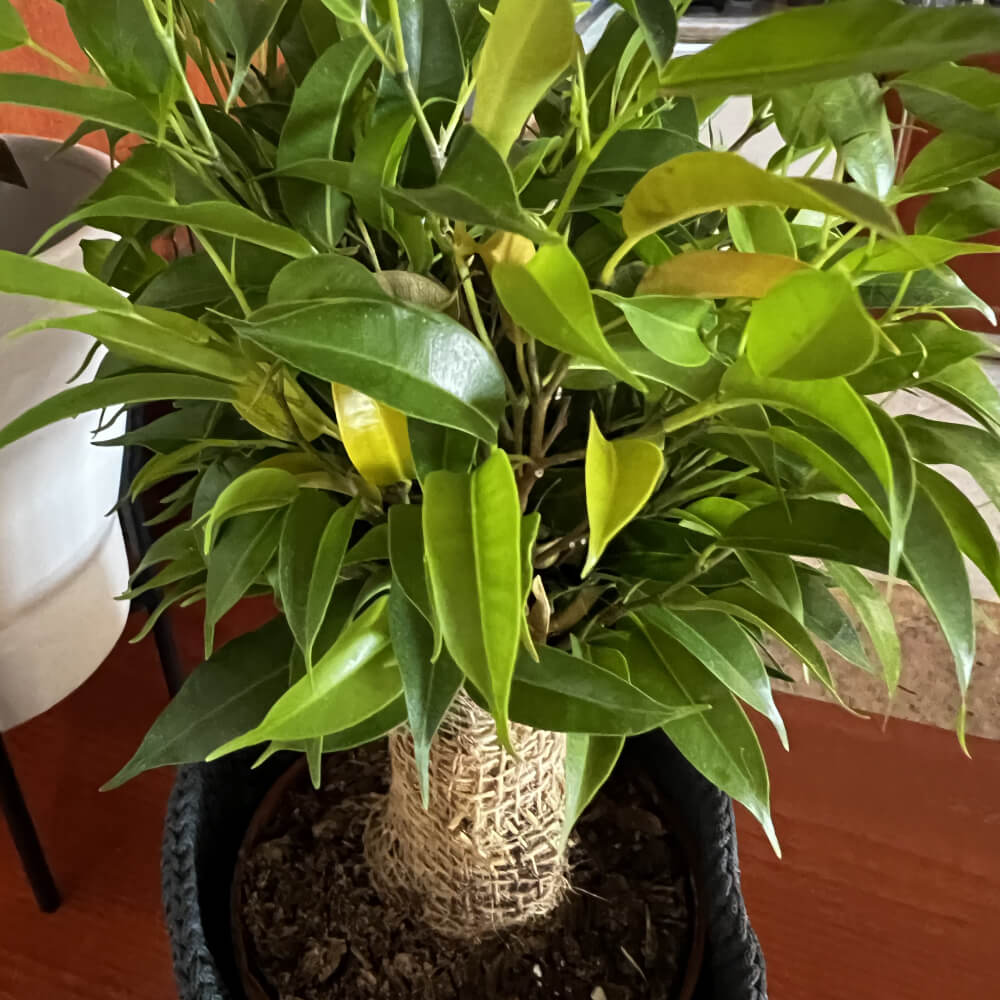
Why I fell for it: This plant looked like a miniature indoor tree—tall, elegant, and leafy enough to fill an awkward empty corner while bringing that coveted “bringing the outdoors in” vibe to my space.
The disappointing truth: It turned out to be the drama queen of houseplants. Every slight change in light, temperature, or air circulation triggered a leaf-dropping tantrum. The more I tried to help by moving it to “better” spots, the more it sulked until I was left with mostly bare stems and a few stubborn leaves clinging on.
Better alternatives: If you want that tree-like presence without the theatrics, go for a ZZ Plant or a Rubber Tree. Both give you height and presence but won’t punish you for having normal apartment conditions. A large Pothos on a moss pole also creates impressive vertical interest with far less fuss.
3. Anthurium Clarinervium (Velvet Cardboard Plant)
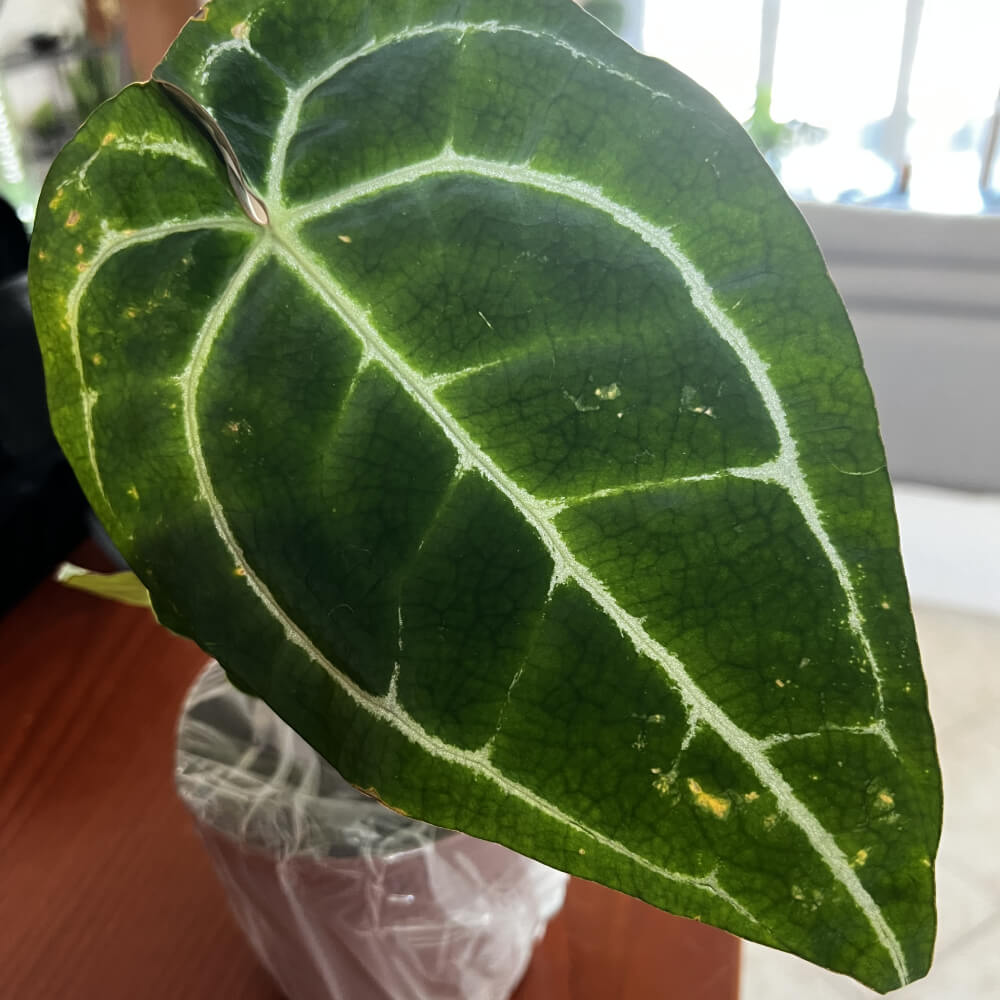
The initial attraction: Those thick, velvety leaves with striking white veins looked like something from an expensive hotel lobby. I was convinced it would make my apartment feel instantly more sophisticated and plant-parent-worthy.
The expensive lesson: This plant is basically a diva in disguise. Even the slightest overwatering caused root rot, while underwatering led to immediate drooping and leaf spots. The gorgeous foliage that initially caught my eye dulled and declined within two weeks, no matter how carefully I tried to adjust my care routine.
My recommendation: Leave this one to the experts with greenhouses and unlimited time. For similar dramatic foliage without the constant anxiety, try a Philodendron Brasil or a Satin Pothos. You’ll get beautiful leaves that actually want to thrive in your home, not just survive.
4. Philodendron White Princess
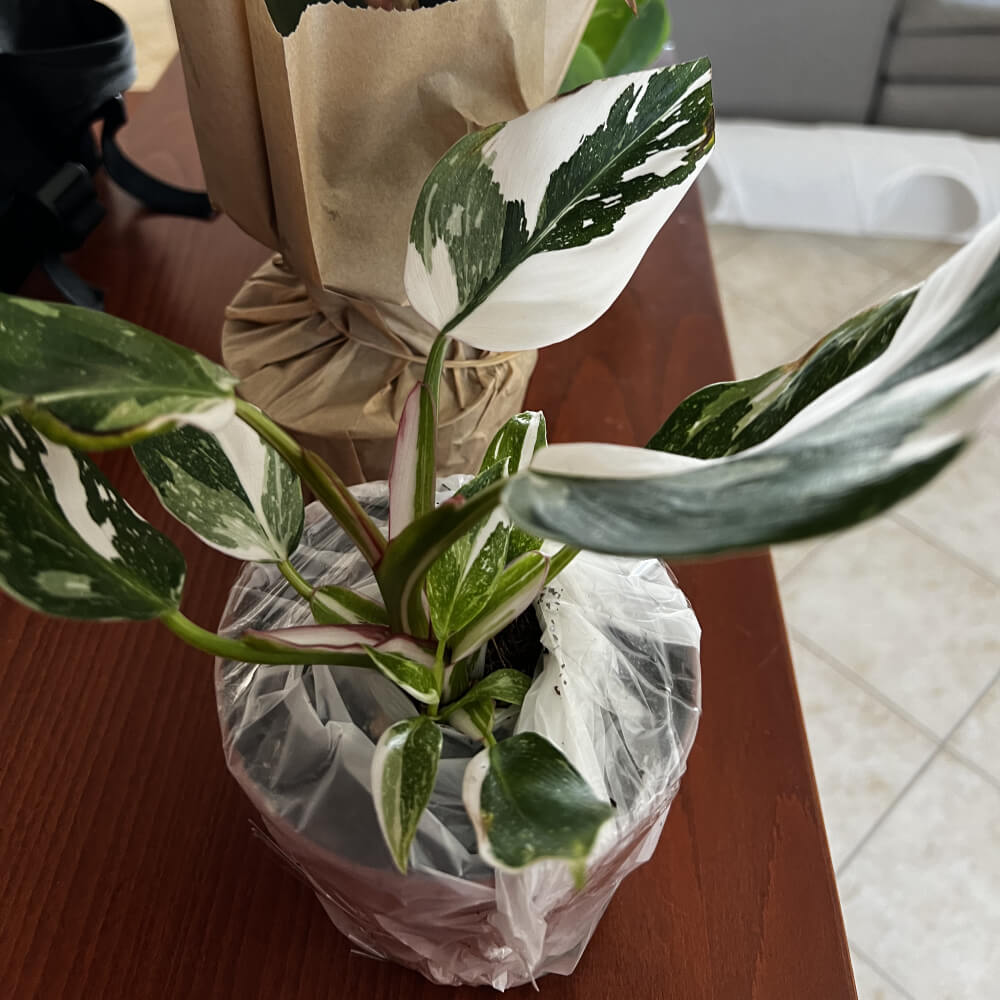
What drew me in: The dramatic contrast of deep green leaves streaked with pure white variegation made this look like a designer plant that would instantly elevate any room. I was ready to be the person with the “wow” plant that everyone asked about.
The expensive reality check: This supposed “beginner-friendly” philodendron proved anything but forgiving. When the soil stayed damp for even a day longer than ideal, root rot set in quickly. The stunning variegation faded, leaves yellowed, and new growth slowed to a crawl. I learned that highly variegated plants often need more precise care than their solid-colored cousins.
What I’d buy instead: If you want philodendron vibes without the stress, stick with a Heartleaf Philodendron or Philodendron Brasil. They’re nearly indestructible and still give you that flowing, tropical look without demanding perfect watering skills.
5. Philodendron Micans (Velvet Leaf Philodendron)
Why I couldn’t resist: Those velvety, heart-shaped leaves that shift from deep green to bronze in different light looked like pure magic. I envisioned it trailing gracefully from a hanging basket, adding texture and movement to my space.
The disappointing outcome: Under my apartment’s medium light conditions, the Micans grew leggy and sparse instead of lush and full. The stems stretched desperately toward the light source, leaving me with long, bare vines punctuated by occasional leaves—not exactly the full, cascading look I’d hoped for.
Better trailing options: If you want that flowing, trailing effect but don’t have bright light, Golden Pothos or Philodendron Brasil will give you the lush, full coverage you’re after. They actually seem to enjoy moderate light and will reward you with the dense, trailing growth that looks great in photos.
The Real Lesson Here
Each of these plant failures taught me something valuable about matching my plant choices to my actual living situation—not the Pinterest-perfect plant parent life I imagined I’d have. The truth is, struggling with plants that are wrong for your space doesn’t make you a bad plant parent; it just means you’re human.
Now I focus on plants that actually want to succeed in my apartment’s conditions rather than fighting to keep demanding plants barely alive. The result? A thriving plant collection that brings me joy instead of stress, and way more money left in my bank account.

